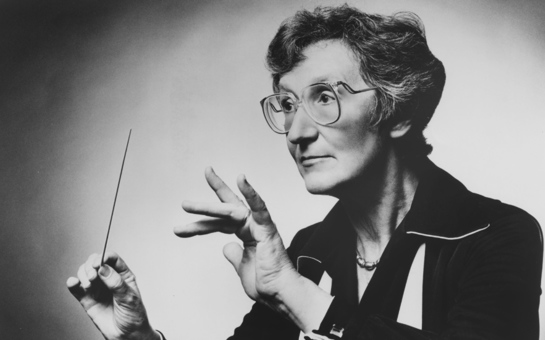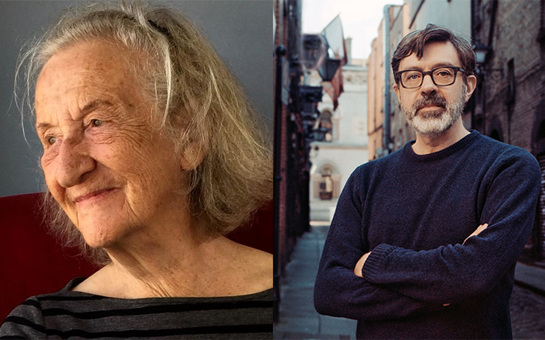This month, Copenhagen-based guitarist Maria Camitz has released her new album ‘Camitz Delight’, featuring the world premiere recording of Postcards from Spain (1995) by Thea Musgrave.
Comprising of five movements (Cantaor, Starlight on Compostela, Trovador, Reflecting Pools in the Alhambra, and Windmills of La Mancha), this previously rare 15 min-suite displays the more direct yet impressionistic style of Musgrave typical from the early 90s onwards. Just like with many of the works from this period onward, although you can hear the lyrical influences of the repertoire gone before (especially here, flamenco, and even at points jazz), she takes the listener in new directions, unexpected and yet familiar.
Postcards from Spain is joined on the album by a collection of works by other female composers including, Brigitte Alsted and Sofia Gubaidulina. It is available now on Spotify.
Programme Note: Postcards from Spain (1995)
I. Cantaor (Triana)
In a café in Triana, the section of Seville famous for its flamenco culture, a ‘cantaor’ (flamenco singer) and his guitar accompanist sit erectly. 'Strum-a-strum!' goes the guitarrista; the singer begins his tale; 'strum!' interrupts; then on continues the song.
II. Starlight on Compostela
The starry sky, recalled here by the clear timbres of harmonics, illuminates the enormous, baroque cathedral in Santiago de Compostela, a city that exists simply because of faith in a miracle. Legend says that St James’ body, after having been beheaded by Herod, was wondrously transported in seven days by the Saint’s disciples to northern Spain, where it lay forgotten for hundreds of years. In 813, a shepherd guided by the light of a star, discovered the remains of the site over which the cathedral was erected during the 11, 12 and 13 centuries, in which the relics of St James are entombed, and to which hundreds of millions of pilgrims have journeyed from the Middle Ages until today.
III. Trovador (Segovia)
A Provincial poet in medieval dress stands in the foreground, a troubadour who accompanies himself on an ancient guitar and sings the song we hear in this movement’s middle section, a ballad of knights in shining armour and of battles in the land of castles (Castilla). In the background, over the ‘trovador’s shoulder, soar the towers of Spain’s most emblematic castle, the Alcázar of Segovia, here evoked by the sound of distant trumpets (a ‘llamada’) in the chords percussively played in this serenade’s improvisatory beginning and ending.
IV. Reflecting Pools in the Alhambra
The tranquillity and beauty of this water are evoked here by the slow melody of sustained notes played in the guitar’s bass and alto registers over which accompanying chords undulate.
V. Windmills (Consuegra)
Here in the bone-dry tableland of La Mancha, behind the town of Consuegra, the centre of the production of saffron, perched like sentinels on the crest of a dramatic stony hill are ten shimmering white windmills. In the hurried, breathless nonstop figurations of this ‘moto perpetuo’, we can imagine the windmills spinning and transforming themselves in the mind of don Quixote into enormous giants against which he tilted with his rusted lance.
Michael Lorimer
New York, 1996





